Birds are very romantic and life-loving animals. Many birds are famous for their love stories. Some birds also show very loyal love behaviors, such as the emperor penguins living in Antarctica, which will visit during the breeding season. They form a one-to-one pairing relationship and work together to incubate and nurse their young. In the process, they often engage in some very romantic dances and behaviors to strengthen their bond with each other. Some birds even display very romantic behavior when building their nests. For example, guinea hens will decorate their nests with flowers and feathers, and black-bellied warblers will use ferns and moss to build a cozy home. This article brings you the top ten lovebirds in the world, namely the double-horned hornbill, the snipe ostrich, the bald eagle, the albatross, the lovebird, the red-billed lovebird, the black-necked swan, the crested ibis, the Eurasian robin, and the mandarin duck. Among them, the two-horned hornbill is a famous love bird. Once they fall in love, they stay together for life. So what kind of love stories do other birds have? Let’s take a look.
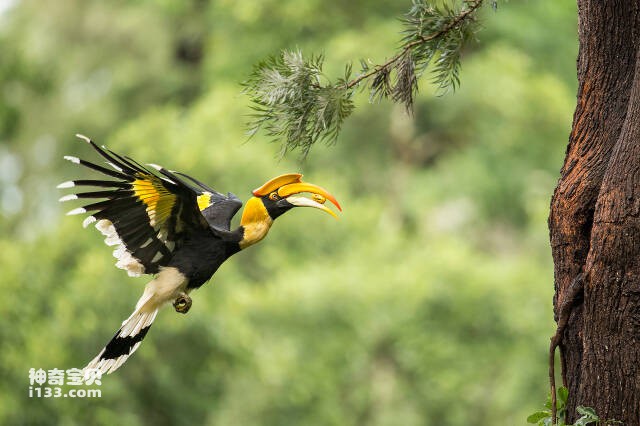
1. Double-horned hornbill
The two-horned hornbill is famous for its single-minded affection and is one of the few birds that is very loyal in love. Once they fall in love, they will stay together for life. Their breeding season is usually between March and June each year. During this period, the female bird is responsible for incubation, which takes approximately 31 days. In addition, the two-horned hornbill is a late-growing bird. During the entire incubation and brooding process, the male bird needs to provide all the food. To ensure that both the female and the chicks get enough food, the male must fly out again and again to forage. Therefore, when the breeding season ends, both the female and the chicks become obese, while the male becomes extremely thin due to overwork.
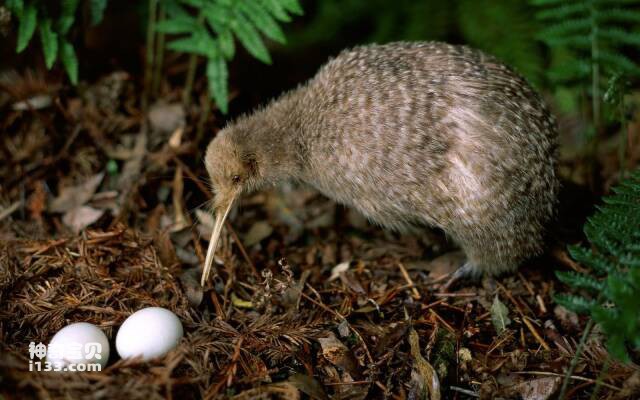
2. Snipe and ostrich
The snipe is a unique species that only exists in New Zealand. It is also the country's national bird and symbol. It is also called the kiwi or kiwi. They are about the size of a rooster and, like ostriches, are unable to fly. The snipe is known among birds for its standard "monogamy" and can live up to 30 years. If nothing unexpected happens, they will be together until the end of their lives. If one partner dies, the remaining partner will die alone.
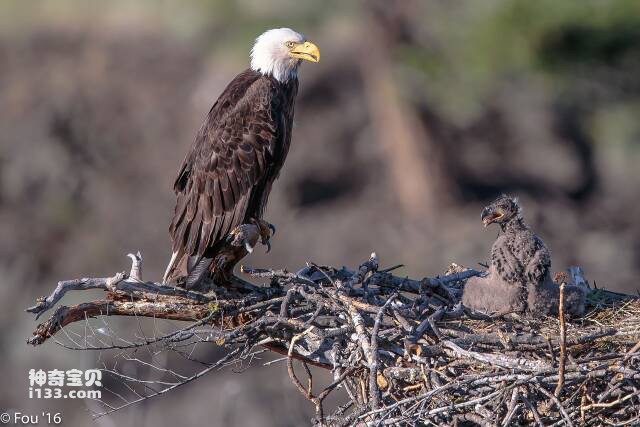
3. Bald Eagle
The bald eagle is a bird that mates for life, also known as the American eagle, and is one of the national birds of the United States. They have very strong emotional bonds and only stay with one mate for life. If one dies, the other usually follows quickly. The bald eagle has light yellow eyes, beak and feet. The feathers are distributed in different colors on different parts of the body. The head, neck and tail feathers are white, while other parts are dark brown. It is very beautiful and spectacular. During the breeding season, bald eagles often appear in groups in areas with abundant food, choosing to build their nests on cliffs or at the tops of tall trees.
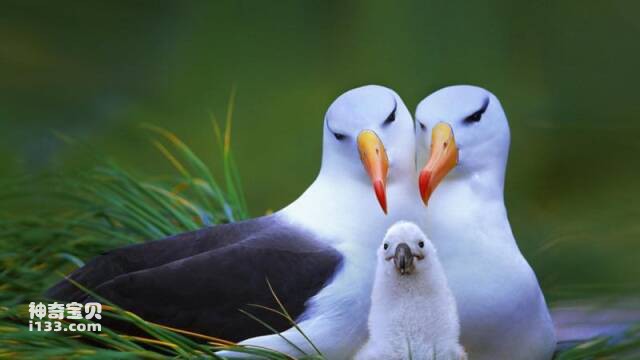
4. Albatross
The albatross is one of the most loving creatures in the world. Even though they spend more than 90% of their time at sea, they still remember the location of their home because they return exactly there at the end of October every year. The unmarried albatross begins looking for a mate, while the married albatross waits patiently for the return of his partner. Once they choose a mate, they stay with them for life. What's even more amazing is that even after being separated for several years, albatrosses can remember each other's voice and smile, and can easily identify their partners among the crowds of birds.
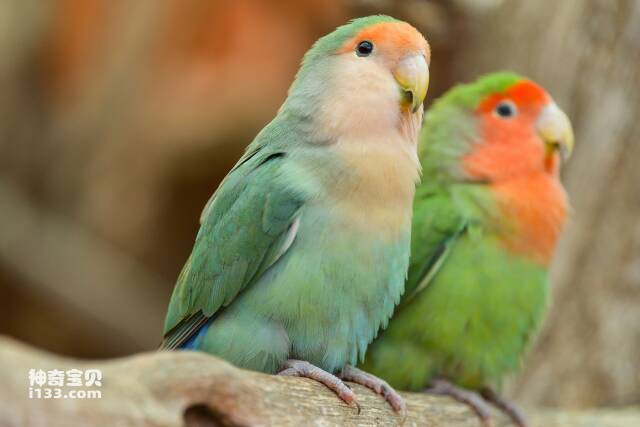
5. Love parrots
Lovebirds, also known as lovebirds, refer to all species within the genus Peony Parrot. These birds are extremely capable of breeding and can breed all year round, but the main breeding seasons are between February-March and April-October. Each time they breed, only the female bird participates in incubating the eggs. One clutch usually contains 4-6 eggs, and 2 to 4 clutches can be reproduced per year. Peony parrots are named for their affectionate nature. They are always inseparable from their partners, clinging to each other, and in most cases stay together for life.
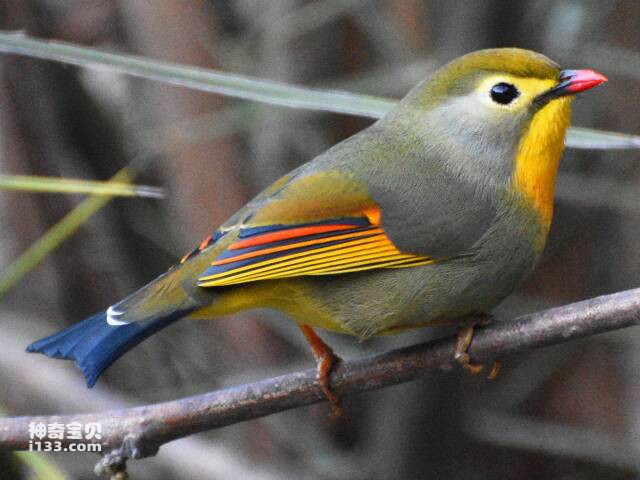
6. Red-billed Lovebird
The red-billed lovebird is a bird with gorgeous feathers, light body, lively nature and a cry like a moon. Their average lifespan is about 10 years. If you have ever raised red-billed lovebirds, you will notice that when you put a female and a male in two cages and bring them closer to feed, the male will sing softly to the female. Singing is like speaking love words. And when you separate them, the male bird will keep singing loudly, as if to express the pain of missing the female bird. It is because of this behavior that they are called red-billed lovebirds.
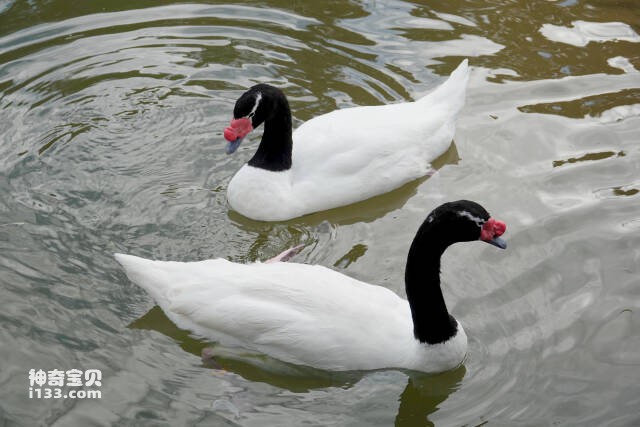
7. Black-necked swan
Black-necked swans are one of the most emotionally devoted animals in the world. They follow strict monogamy and do not look for mates at will. Once a couple forms a relationship, they will be very loving and stay together for life. In the process of foraging, resting, playing in the water and migrating, they never leave and look after each other. If one of them dies unfortunately, the other will be depressed and whining all day long, preferring to be alone rather than looking for a partner. In addition, black-necked swans are very family-oriented, and both males and females raise their offspring together. Different from other birds, the black-necked swan carries the baby on its back and loves the little swan meticulously.
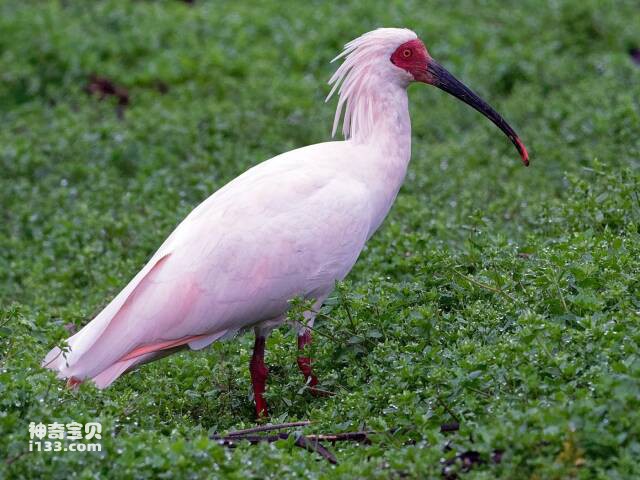
8. Crested Ibis
The Crested Ibis is a very precious bird, known as the "Oriental Jewel", and is also a famous love bird. They adhere to the monogamy system and focus on the concept of lifelong partners. If one of them dies, the other will never mate again for life. The ibis, once known as the ibis or red ibis, is endemic to East Asia. In the past, they were widely distributed in eastern China, Japan, Russia, North Korea and other places, but due to factors such as environmental degradation, the population has declined sharply. Currently, all the crested ibises in the world are descendants of the only seven wild populations from the southern foothills of the Qinling Mountains in Yang County, Shaanxi Province, China.
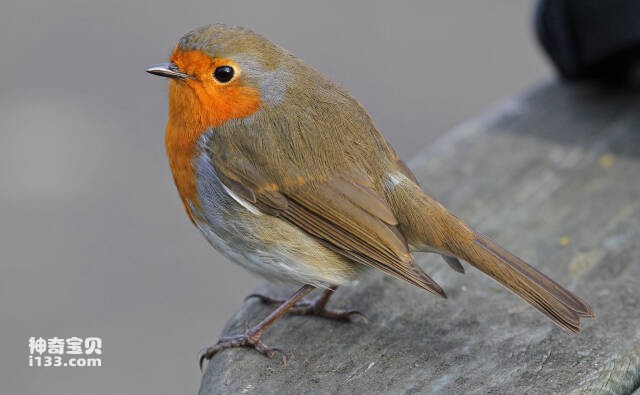
9. Eurasian robin
The Eurasian robin, commonly known as the robin, is a very romantic and loving bird that expresses its love through singing, dancing and protecting its nest. During the breeding season, male robins will use singing and dancing to attract female robins, form a stable pairing relationship, and live together. Work together to ensure that the nest is comfortable, dry, safe, and provides adequate food and protection for the hatchlings. In the process, they will rely on and support each other.
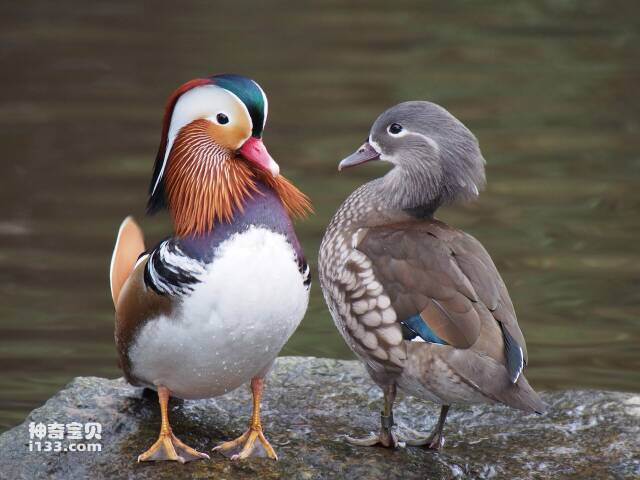
10. Mandarin duck
The mandarin duck is a medium-sized duck belonging to the order Anseriformes, with a body length of about 38-45 cm and a weight of about 0.5 kg. They are dichromatic birds. The male bird has a red beak, orange feet, bright and gorgeous feathers, a beautiful crest on its head, broad white eyebrows behind its eyes, and a pair of chestnuts on its wings. Yellow fan-shaped upright feathers. The beak of the female bird is black, the feet are orange, the head and the entire back are gray-brown, and the eyes are white around the eyes, together with a small white eyebrow line, which is very eye-catching and unique. Mandarin ducks are famous ornamental birds in China. They usually appear in pairs and are therefore regarded as symbols of love and loyalty.
The top ten lovebirds in the world are comprehensively compiled from major related websites. They are ranked and recommended based on the most beloved aspects of related birds, such as living habits, getting along with spouses, and attitudes towards partners. The list is for reference only. , if you have any questions, please leave comments, criticisms and corrections.
animal tags:
We created this article in conjunction with AI technology, then made sure it was fact-checked and edited by a Animals Top editor.